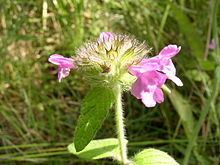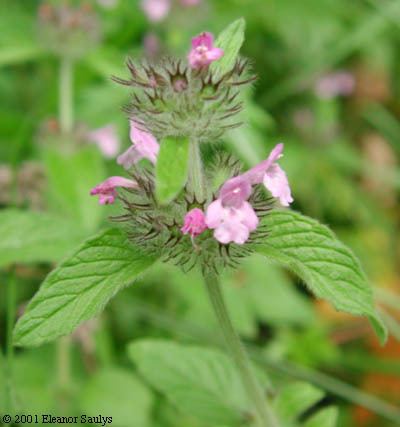Rank Species | Genus Clinopodium Higher classification Clinopodium | |
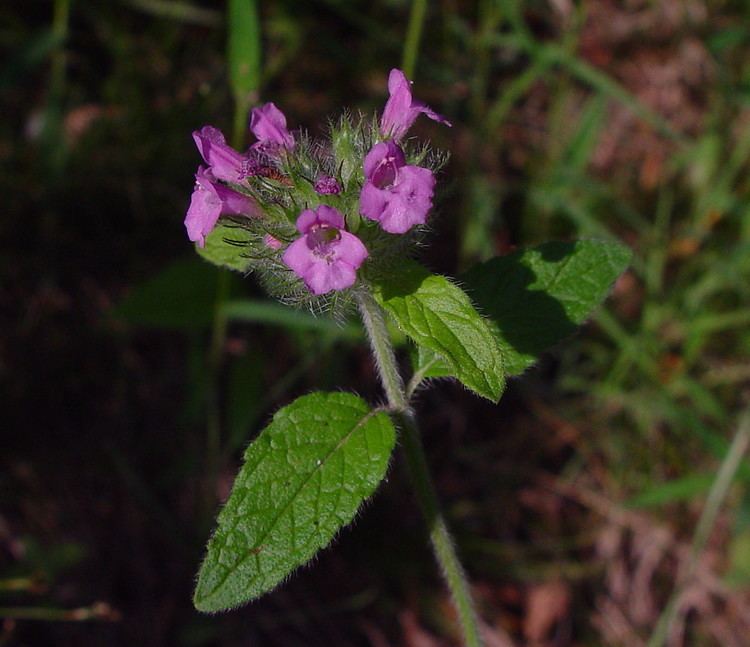 | ||
Similar Clinopodium, Lamiaceae, Calamintha, Acinos arvensis, Ballota nigra | ||
Clinopodium vulgare, wild basil, is a species of flowering plant in the Lamiaceae family.
Contents
Description
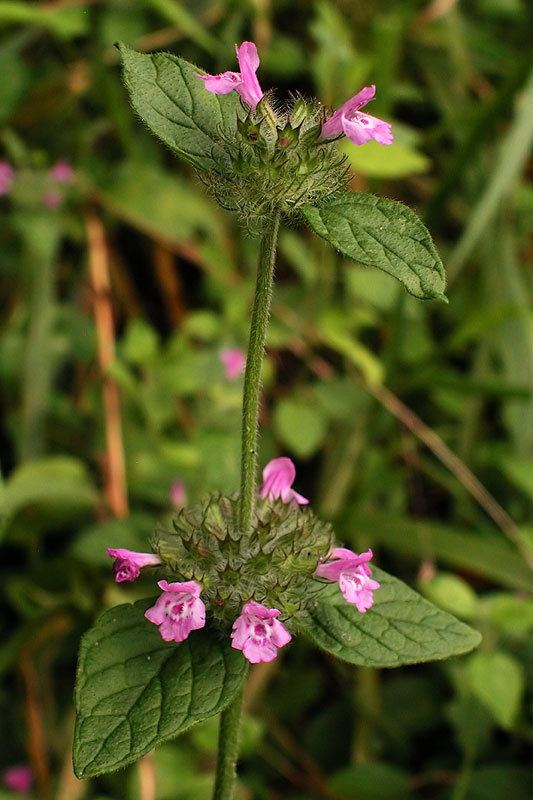
Wild basil is a perennial rhizomatous herb with square, upright, hairy stems and opposite pairs of leaves. The leaves are hairy, ovate or lanceolate in shape, and have short or no stalks, wedge-shaped bases and bluntly-toothed margins. The inflorescence is a terminal spike consisting of several loose whorls of clusters of flowers growing in the axils of the leaves. Each flower has a short stalk, five sepals about 10 millimetres (0.39 in) long and five petals 12 to 15 millimetres (0.47 to 0.59 in) in length which are fused into a tube. The flowers are pink, violet or purple and have two lips. Each has four stamens, a long style and fused carpals.
Distribution
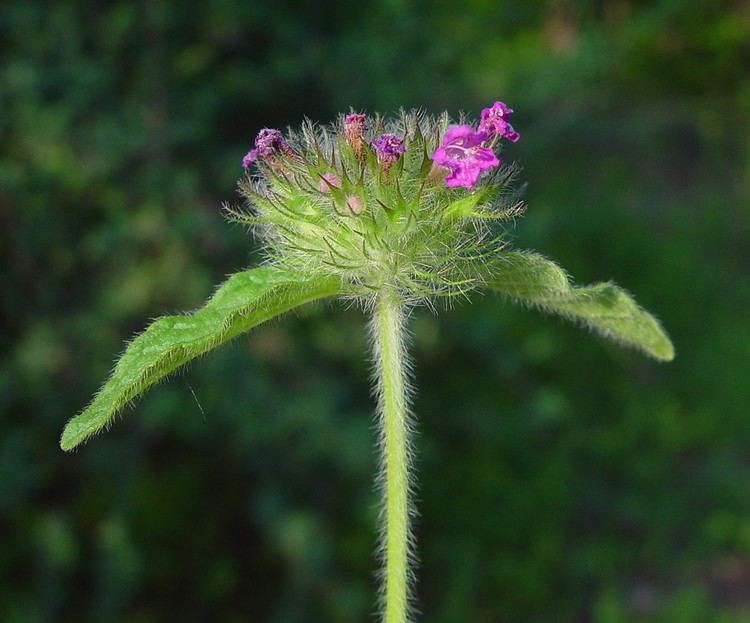
Wild basil occurs in suitable locations in most of Europe, in western and central Asia and in North Africa. Its typical habitat is dry grassland and heathland, usually on limestone or chalky soils.
Uses

The leaves of wild basil are used as an aromatic herb in the preparation of food dishes and to make a herbal tea. They can also be used in the preparation of both a brown and a yellow dye.

This plant has traditionally been used as an astringent, a cardiac stimulant, an expectorant, to reduce flatulence and to increase perspiration. It has been used traditionally in Bulgaria for the healing of wounds and has been shown to have anti-bacterial properties.
